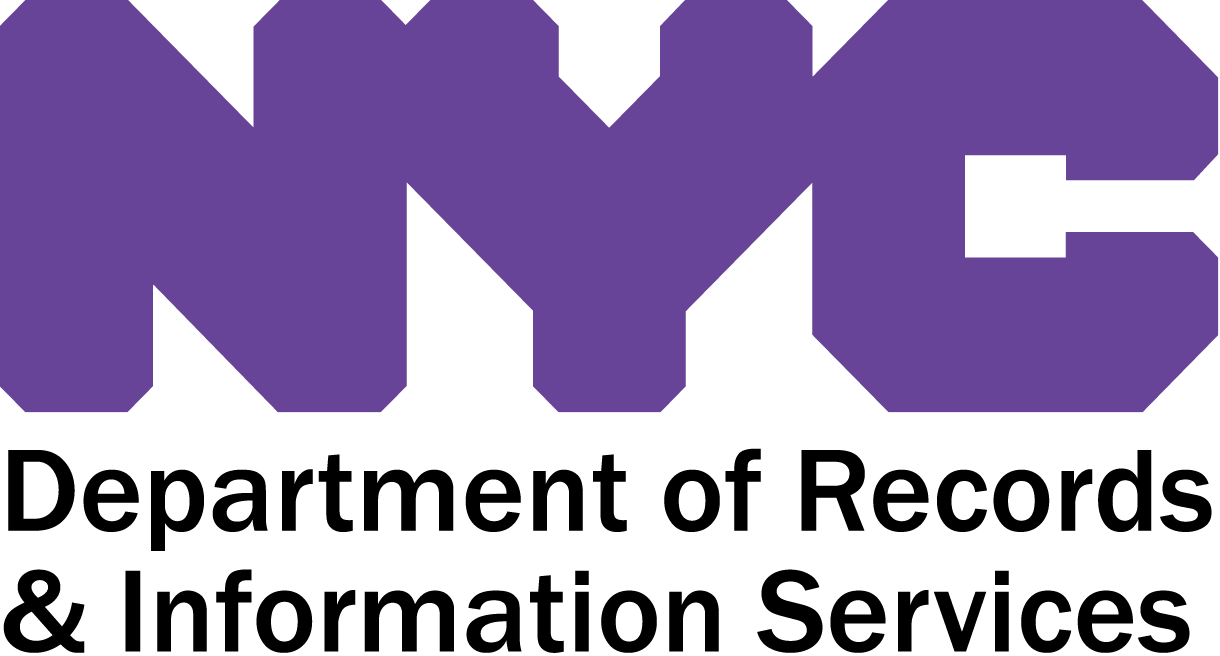Dating from 1949 to 1996, the WNYC TV moving image collection includes mayoral press conferences, dignitaries visiting City Hall, and educational films about city government.
Dating from 1949 to 1996, the WNYC TV moving image collection includes mayoral press conferences, dignitaries visiting City Hall, and educational films about city government.
Dating from 1949 to 1996, the WNYC TV moving image collection includes mayoral press conferences, dignitaries visiting City Hall, and educational films about city government.
Dating from 1949 to 1996, the WNYC TV moving image collection includes mayoral press conferences, dignitaries visiting City Hall, and educational films about city government.
Dating from 1949 to 1996, the WNYC TV moving image collection includes mayoral press conferences, dignitaries visiting City Hall, and educational films about city government.
Dating from 1949 to 1996, the WNYC TV moving image collection includes mayoral press conferences, dignitaries visiting City Hall, and educational films about city government.
Dating from 1949 to 1996, the WNYC TV moving image collection includes mayoral press conferences, dignitaries visiting City Hall, and educational films about city government.
Dating from 1949 to 1996, the WNYC TV moving image collection includes mayoral press conferences, dignitaries visiting City Hall, and educational films about city government.
Interview with Joseph Stack about his experiences becoming a seaman and union member based out of New York. Stack recalls coming to the City when he was 15 in 1931 and was able to get a job almost immediately because of connections he had through his brother. He joined a coal burning ship called the SS George Washington using forged documents. Stack discusses the working conditions on the ships and emphasizes the difficulty in getting a job at the height of the Great Depression.
Joseph Stack describes living conditions in the ship's "fo'c's'le," or forecastle, a nautical term for the living quarters on the forward half of the vessel. He asserts that the poor working conditions, food and pay on the ships led to the reorganization of seamen unions in the 1930s into the National Maritime Union (NMU) and Seafarer's International Union (SIU). Stack details how the growing tensions between different unions, the ship owners and individual seamen caused the 1936 SS California strike by Joseph Curran.
Joseph Stack details the efforts of seamen laborers to improve working conditions through strikes and other labor actions, aided by other trades people and progressive unions in the NYC. Stack describes Chelsea being very anti union and dominated by organized crime, making it difficult to find allies for the National Maritime Union (NMU) until it moved its headquarters to the neighborhood.
Aronowitz, a professor of sociology at the City College of New York (CUNY) Graduate Center and the Center for Worker Education, describes how Chelsea became an industrial center, which industries thrived in Chelsea and the demographics of the neighborhood during the first half of the 20th century. Aronowitz describes a 'Shape Up' or how dock workers would get their daily work often based on familial or fraternal ties that often led to racially discriminatory practices, leading to the founding of the National Maritime Union (NMU) to end the practice.
Aronowitz talks about the Fur and Leather Workers Union, which he describes as an explicitly Communist led union, emphasizing the influence of Italian and Jewish immigrant groups on the organization.
Part 1, Aronowitz talks about the rapid change that came to Chelsea starting in the 1950s. Aronowitz attributes these changes to the influx of politically minded artists seeking low rents as well as a shrinking immigrant population into Chelsea. Part 2, Stack discusses family life of seamen and the impact of their work on their personal lives.
Montage of historical black and white photos relating to the National Maritime Union and striking seamen in Chelsea
Meeting of the Joint Board Retirement Center, where members discuss potential federal reforms to Social Security and Medicare, among other topics.
Fur, Leather and Machine Workers Union (FLM) Joint Retirement Board meeting discusses in detail the Reagan administration's impact on unions and manufacturing in the United States as a whole.
Question and answer session following a statement by a board member on the impact Reagan administration economic and foreign policies.
Fur, Leather and Machine Workers Union (FLM) Joint Retirement Board meeting and lunch that involves interviews with various laborers in the garment, leather, fur and machine industries.
Continued interviews with various older workers in the Fur, Leather and Machine Workers Union (FLM), focusing on the history of their union, the changes it brought to their labor and their own personal political convictions.
Worker describes and demonstrates how he cleans, repairs and prepares new and old fur coats. Another worker demonstrates the skills and equipment needed to construct a fur coat.
Interview with Benjamin Parles, a board member of the Fur, Leather and Machine Workers Union (FLM) Joint Board, which he describes as being comprised of local individuals from fur, leather and machine workers. He describes the course of unionization, how his union was founded and what changes they brought to workers.
Leonard Hircshmann of the Furriers Union discusses his work as a furrier, explaining his various duties, how he learned the trade and how his Communist party membership has impacted his view on his labor.
First three minutes, Hircshmann explains how the Furrier union was able to resist the influence of organized crime. Middle four minutes are black and white photos of workers in the fur trade. Last half of the video is an interview with Vivian Wadlington, secretary the President of the Joint Board of the Fur, Leather and Machine Workers Union

